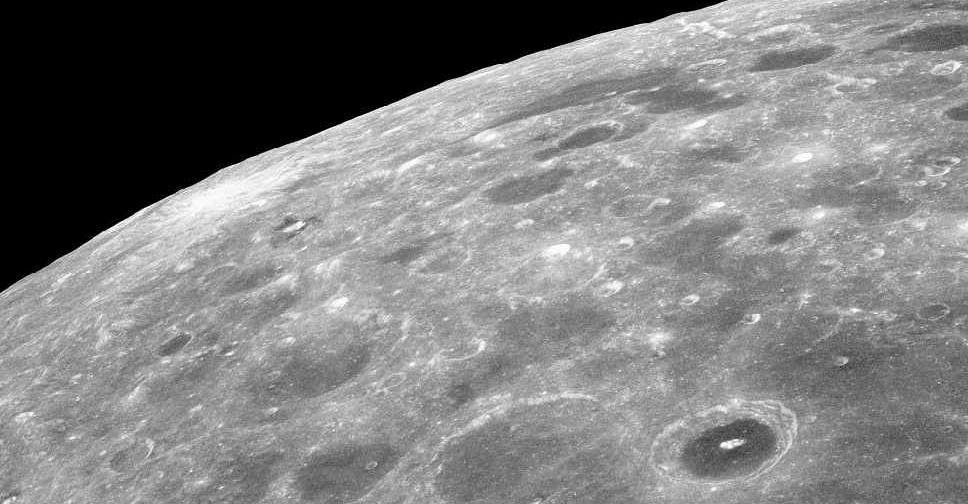
In a major scientific breakthrough, researchers have found a potentially significant source of water on the moon that could be used by future lunar explorers, according to a study published in the journal Nature Geoscience.
The water was discovered in tiny glass beads in lunar samples brought back by China's Chang'e 5 mission in 2020.
These multicoloured beads, ranging in size from the width of a hair to several hairs, were found to contain water that was embedded within them by meteorite impacts. While the water content in each bead was minuscule, the vast number of impact beads on the moon could potentially provide a significant amount of water.
The discovery was made by a team of researchers led by Hejiu Hui of Nanjing University, who explained that the beads could continually yield water thanks to the constant bombardment of hydrogen in the solar wind.
While mining the water from the glass beads would be difficult, as it would require large quantities of the tiny beads, Hui noted that the abundance of impact beads on the moon makes this a potentially viable option.
"This shows water can be recharged on the moon’s surface... a new water reservoir on the moon," Hui said in a statement.
Future robotic missions could extract the water by heating the glass beads, though more research is needed to determine the feasibility of this approach and whether the water would be safe to drink.
The discovery of this new water source is significant because previous studies had found water in glass beads formed by lunar volcanic activity, based on samples returned by the Apollo missions more than 50 years ago. These volcanic beads could also provide water, as well as rocket fuel, for future lunar missions.
NASA plans to put astronauts back on the moon by the end of 2025, with a goal of exploring the south pole where it is believed that permanently shadowed craters contain frozen water.




 Thousands of dinosaur footprints found near Winter Olympics site
Thousands of dinosaur footprints found near Winter Olympics site
 Japan's last two giant pandas are headed to China and fans just can't bear it
Japan's last two giant pandas are headed to China and fans just can't bear it
 Huge undersea wall dating from 5000 BC found in France
Huge undersea wall dating from 5000 BC found in France
 At Britain's first plant-based Michelin-star restaurant, most diners aren't vegan
At Britain's first plant-based Michelin-star restaurant, most diners aren't vegan
 'No strings attached': Meet Paris' pigeon doctor
'No strings attached': Meet Paris' pigeon doctor




